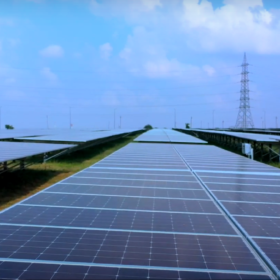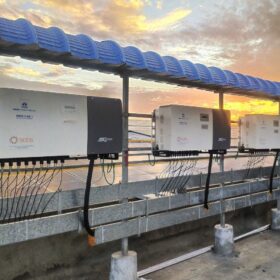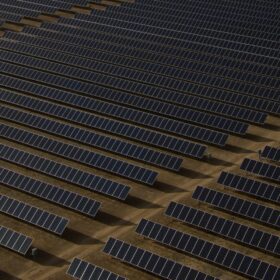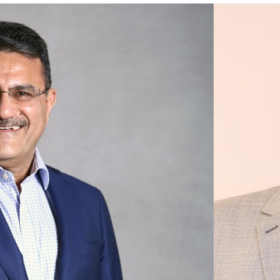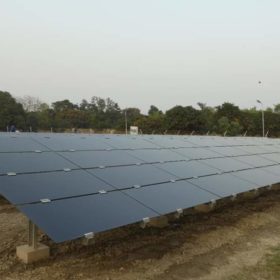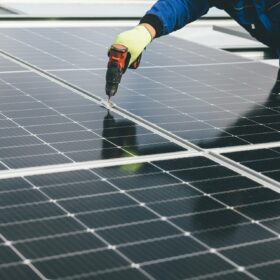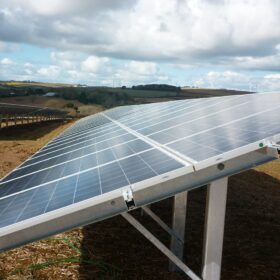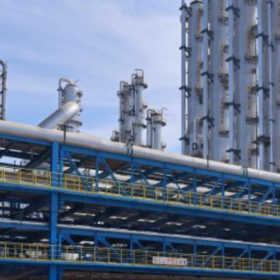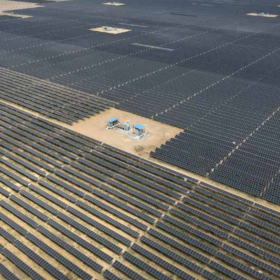Tata Power Q3 FY 2024 PAT grows to INR 1,076 crore
Tata Power’s profit after tax for the third quarter (Oct-Nov-Dec. period) of FY 2024 grew to INR 1,076 crore compared to INR 1,052 crore in Q3 FY 2023.
India has installed more than 180 GW of renewable energy capacity as of Dec. 31
India has installed 180,796.35 MW of renewable energy capacity as of Dec. 31, 2023, including 73,318.49 MW (around 41%) from solar power projects.
Solis hits 4 GW milestone in India
Solis has shipped 4 GW of solar inverters in India since its entry in the nation in 2015.
Global solar corporate funding up 42% in 2023
Investors and developers raised more than $34.3 billion in 160 deals last year, according to a new report by Mercom Capital.
Manoj Kohli, Mahesh Makhija appointed to Sunsure Energy Board of Directors
Sunsure Energy has appointed former SoftBank India head Manoj Kohli and renewable energy specialist Mahesh Makhija to its Board of Directors.
Blended finance key to scaling small-scale solar projects
Bringing together private and public capital in a risk-adjusted return structure, is key to scaling up financing for renewable energy assets such as solar mini-grids, says a new report.
Philippines proposes register for PV system installers
The Philippines’ Department of Energy (DOE) is moving ahead with plans to require solar system installers to officially register with it. The DOE says that only registered installers will be recommended to government entities seeking PV installation services.
Gensol Engineering raises INR 900 crore equity through preferential round
Gensol Engineering, a solar EPC and electric mobility solutions provider, has raised INR 900 crore ($108.46 million) equity capital from international and domestic investors.
Shapoorji Pallonji’s seawater desalination units buy stake in 150 MW of solar projects for self-consumption
Torrent Power will develop 150 MW of solar projects for supply of power to the seawater desalination plants being set up by Shapoorji Pallonji and Company in Gujarat.
Africa’s annual PV additions hit 3.7 GW in 2023
According to new figures from the Africa Solar Industry Association (AFSIA), the continent’s cumulative installed PV capacity reached 16 GW at the end of December, based on 3.7 GW of new annual installations.

